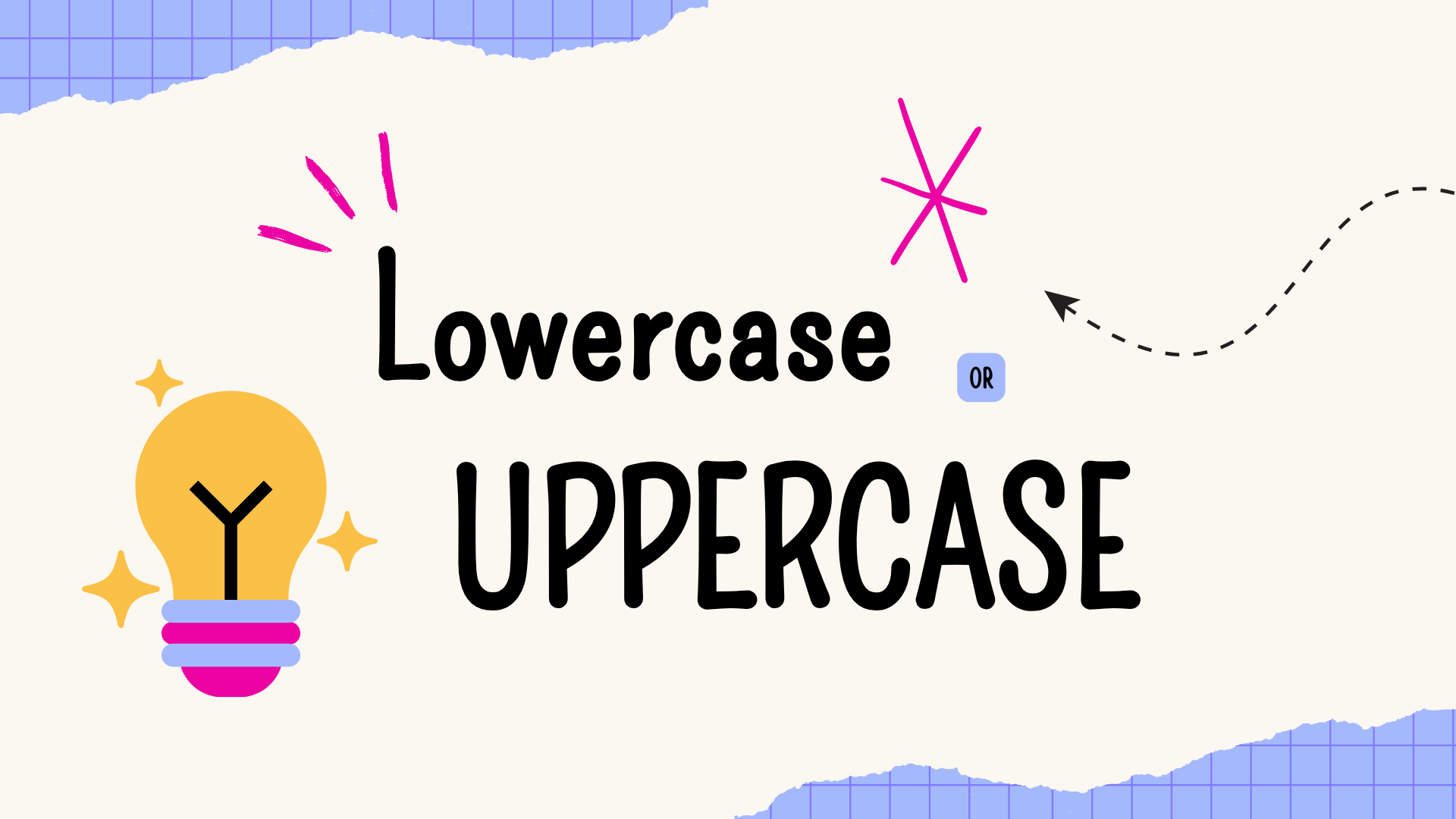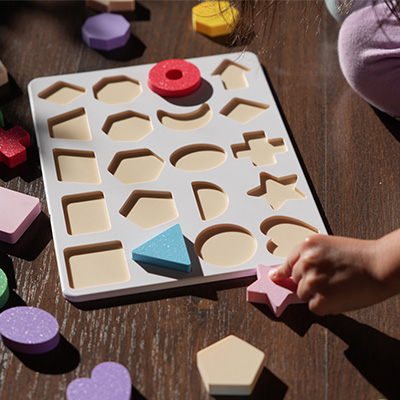🔤 Why the Case of the Letters Matters
As your toddler begins to explore the world of language, you might find yourself asking: “Should we start with uppercase or lowercase letters?” It’s a common question among parents and educators — especially when choosing the right educational toys.
Alphabet puzzles are a wonderful, hands-on way to introduce letters. But whether you start with an uppercase alphabet puzzle or jump straight into lowercase can influence how your child processes and recognises language.
Let’s break down the differences — and what’s developmentally appropriate for early learners.
🧠 How Toddlers Learn Letters
Before reading and writing, toddlers develop letter awareness — recognising shapes, understanding sounds, and making connections through repetition and play.
This process is influenced by:
- Visual recognition (form and pattern)
- Fine motor skills (tracing or placing letters)
- Verbal association (hearing letter names and sounds)
Alphabet puzzles are ideal for reinforcing these areas. They’re physical, visual, and language-rich — making them perfect for toddler learning.
But which type of letter is best to introduce first?
🔡 Uppercase Letters: The Ideal Starting Point
Most educators recommend starting with uppercase letters for toddlers aged 1–3. Here’s why:
✅ Simpler Shapes
Uppercase letters have fewer curves, tails, and complex intersections. For toddlers still refining their visual discrimination and motor skills, uppercase forms are easier to identify and replicate.
✅ Clearer Differences Between Letters
Letters like b/d or p/q can be confusing in lowercase form. Uppercase letters reduce this ambiguity, making early learning more successful and less frustrating.
✅ More Prominent in the Environment
Toddlers are likely to first see uppercase letters in:
- Street signs
- Books with large titles
- Toy packaging
- Their own name written in all caps
This environmental exposure helps reinforce recognition organically.
🧩 Why an Uppercase Alphabet Puzzle Works
An uppercase puzzle introduces the alphabet in a way that’s:
- Tactile – kids physically interact with each letter
- Visual – the repetition of shapes helps with recall
- Motor-focused – developing the coordination needed for writing later on
At Frankie & Leo, our uppercase alphabet puzzle is designed to support this phase of learning with:
- Large, easy-to-grasp letterforms
- Montessori-aligned colours that reduce distractions
- A layout that encourages repetition and self-correction
🔁 When to Introduce Lowercase Letters
Once your child has:
- Recognised most uppercase letters
- Started forming simple phonemic awareness (e.g. “A is for apple”)
- Shown interest in reading or writing
…you can introduce lowercase puzzles or alphabet matching activities (upper to lower).
Lowercase letters are crucial for reading — but they work best when introduced after a strong visual foundation has been set with uppercase recognition.
🧠 Bonus: Matching Uppercase to Lowercase
If your toddler is ready to progress, try:
- Using a two-layer puzzle (upper and lower)
- Creating flashcards with both forms side by side
- Encouraging name tracing activities using both cases
Many Montessori-style activities involve matching uppercase puzzle pieces to lowercase counterparts — which supports cognitive association and memory.
✅ Tips for Letter Learning at Home
- Start with your child’s name — it’s the most meaningful word to them
- Sing the alphabet song slowly while pointing to each uppercase letter
- Rotate letter puzzles — a few letters at a time to avoid overwhelm
- Use everyday objects for phonics practice (e.g., “B is for ball”)
- Celebrate effort — not speed or correctness
💡 Final Thought
Alphabet learning is a journey, not a race. By starting with an uppercase alphabet puzzle, you’re giving your toddler a simple, confidence-building introduction to literacy.
It’s not about memorising all 26 letters at once — it’s about playfully engaging with the shapes, sounds, and meaning behind them.
👉 Explore the Uppercase Alphabet Puzzle at Frankie & Leo
📚 References
- Piasta, S. B., & Wagner, R. K. (2010). Learning Letter Names and Sounds: Effects on Early Literacy. Journal of Educational Psychology, 102(2), 294–308.
- National Early Literacy Panel (2008). Developing Early Literacy: Report of the NELP. U.S. Department of Education.


